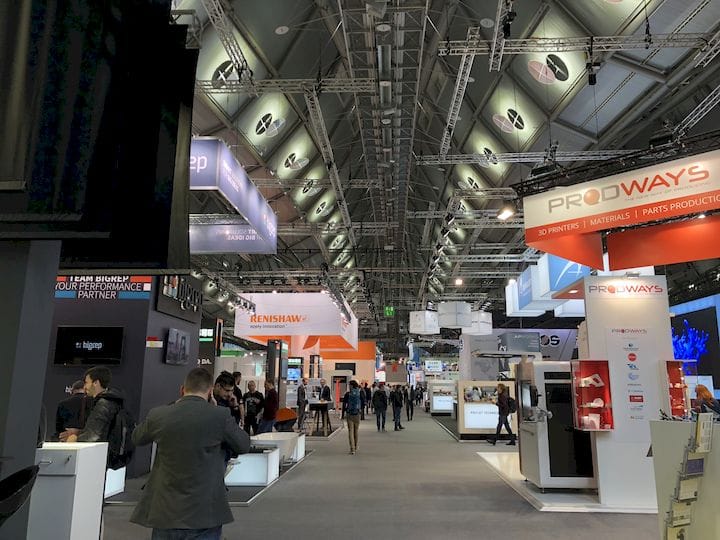![How to get media coverage at formnext and other large 3D print events [Source: Fabbaloo]](https://fabbaloo.com/wp-content/uploads/2020/05/image-asset_img_5eb0a4a279c7b.jpg)
As formnext 2018 approaches, we have some thoughts about 3D print marketing.
Formnext has become the world’s largest trade show dedicated to 3D printing technologies, including machines, services, materials and consumables. Apparently the 2018 event has literally sold out all available space to vendors, with some 550 stands expected to be in operation during the event in mid-November.
This event has grown significantly, whereas many other 3D print shows attempting to grow have not. It seems there is a bit of a consolidation in the industry regrading trade shows, with only a few select events in each region attracting the majority of exhibitors.
This makes a great deal of sense, as those in the 3D print industry wishing to market their products invariably have a limited budget to do so, and thus choose only the most effective events to show their wares. The most effective, in this case, means the most eyeballs. Formnext, for example, is likely to attract well in excess of 20,000 attendees, many of whom intend on buying equipment.
This is literally true: in past years we’ve witnessed deals going down multiple times, some of significant value, right on the show floor.
Vendors tend to coordinate their marketing plans around such large events in order to capitalize on the huge concentration of buyers, media and general attention.
But recently this has become counterproductive, as everyone seems to have the same idea: announce all the new products on the first day of the event. While that may sound like a good idea, it is rapidly diminishing in benefit.
The reason is simply media capacity. On our site we are able to publish a small handful of stories each day. If the number of news pieces exceeds, say, five, we are going to have to push the news to another day. But what happens when there are literally over one hundred “important” announcements that come out on the same day, or even the same week?
The result is that many do not obtain the coverage they sought.
Even worse, while our full team will be onsite at formnext gathering information from the massive number of exhibitors, we will have minimal time to write stories, further constricting our ability to publish instant news. To give some perspective, if we wished to visit all 550 vendors in the 34 hours of the event, we must spend only 3 minutes and 42 seconds per vendor on average. We do expect to be publishing our findings over the course of many weeks following the event.
That all said, what can a 3D print company do to optimize their marketing experience for such a focused and concentrated event? We have two tips:
Embargo: Provide media with ALL required information well before the event under a strict embargo. This could permit us to properly analyze and write up the information and possibly publish during the announcement week.
Advance: Consider avoiding the avalanche of news releases entirely and release your material publicly well before the event, and invite attendees to see the product at the event. If it is truly interesting they will look for you. This is particularly important for smaller vendors that would otherwise be unable to attract media that are distracted by the big players during the few days of the event.
Some vendors have used a “we are announcing something big, come and see it” approach, but that really doesn’t help us at all.
Very few 3D print companies seem to use these ideas, and I believe they truly will help gain more coverage. It would help us a great deal, too.
See you at formnext 2018 – but only briefly!











The fate of major 3D printing conferences in 2020 is unclear with the ongoing virus outbreak. We have thoughts on what it could mean.